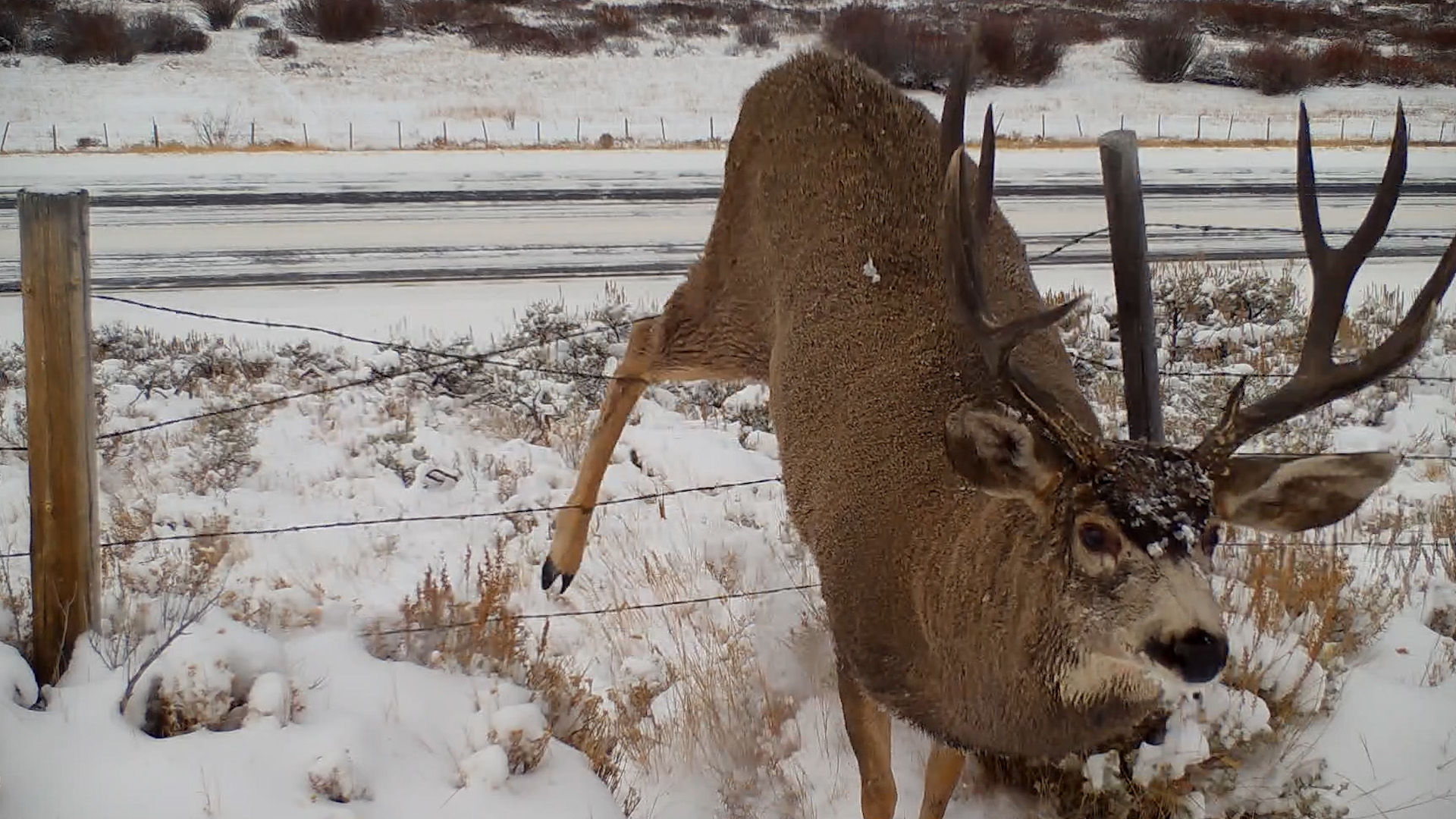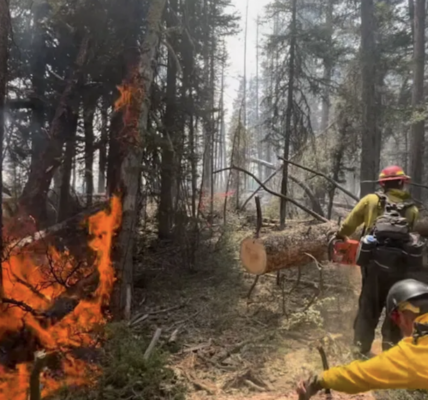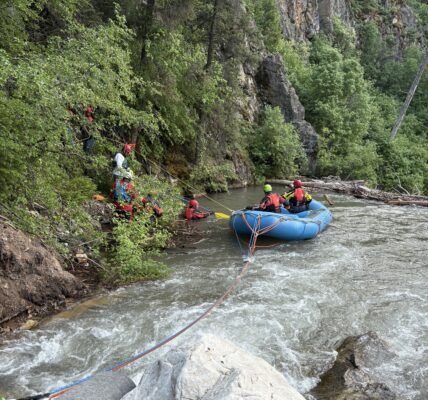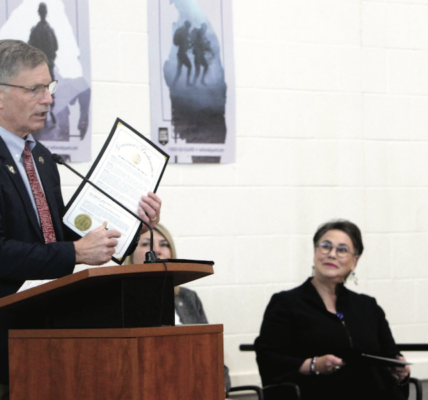Breaking ‘Barriers’: New documentary explores obstacles along migration routes

By Eve Newman
Laramie Boomerang
Via- Wyoming News Exchange
LARAMIE — A new wildlife documentary from the Wyoming Migration Initiative at the University of Wyoming gives an up-close look at the obstacles that migrating animals face, as well as the work people are doing to clear the way.
“Barriers” examines three types of barriers in the paths of migrating wildlife: fences, roads and new development.
While the acute danger to individual animals is injury or death, barriers also have a long-term impact on herds through habitat loss and population declines.
Gregory Nickerson, who co-produced the documentary with Matt Kauffman, Patrick Rodgers and Emily Reed, said the idea grew out of conversations about how to tell the stories that emerge from the research being conducted at the Migration Initiative. Barriers have a detrimental impact in migration, but it’s also hard to picture that impact, he said.
“If you’re outdoors a lot, you might see an animal stuck in a fence once a year or a carcass by the side of the road,” he said. “But you cumulatively add all that up — it’s a lot, and we want people to be able to visualize those barriers with living animals.”
“Barriers” includes live footage contributed by filmmakers around the world and collected using camera traps. Some of the footage of animals struggling with fences can be hard to watch.
To show how developments and roadways detour migrations, Rodgers created animated maps of migration routes using data collected by agencies including the Wyoming Game and Fish Department and the Wyoming Cooperative Fish and Wildlife Research Unit. Many groups are collaborating on the work.
“Barriers” also steps outside the United States to show wildlife migrations around the world. Nickerson said big game herds everywhere face the same types of obstacles, and research being conducted in Wyoming can inspire change elsewhere.
International footage comes from locations that include Canada, Mongolia, Zimbabwe and Argentina.
“By making these maps, you can start to figure out what solutions there might be and what kind of win/wins could work for wildlife and people,” he said.
While biologists and conservation agencies have been busy documenting migrations and wildlife barriers, wider collaborations have formed to figure out how to remove them at key locations. Stewardship efforts include installing wildlife-friendly fences and building overpasses and underpasses that allow wildlife to cross roadways.
Rocky Mountain Elk Foundation was a major supporter of the project, and chief conservation officer Blake Henning said increasing knowledge about migration corridors is a key component to protecting elk and other wildlife.
“This film highlights the unique challenges faced by wildlife species and helps identify sensitive areas they use,” he said. “As a result, biologists and game managers can take appropriate actions for the benefit of wildlife, ranching, hunting and other recreational activities.”
Nickerson said the film aims to allow audiences to make an emotional connection with the struggle of migrating animals while also striking a hopeful tone.
“Unlike so many different ecological problems across the planet, this is one that there are immediate solutions to, and people are already doing it,” he said.
“Barriers” is about 11 minutes long and can be streamed free online through YouTube and Vimeo.






